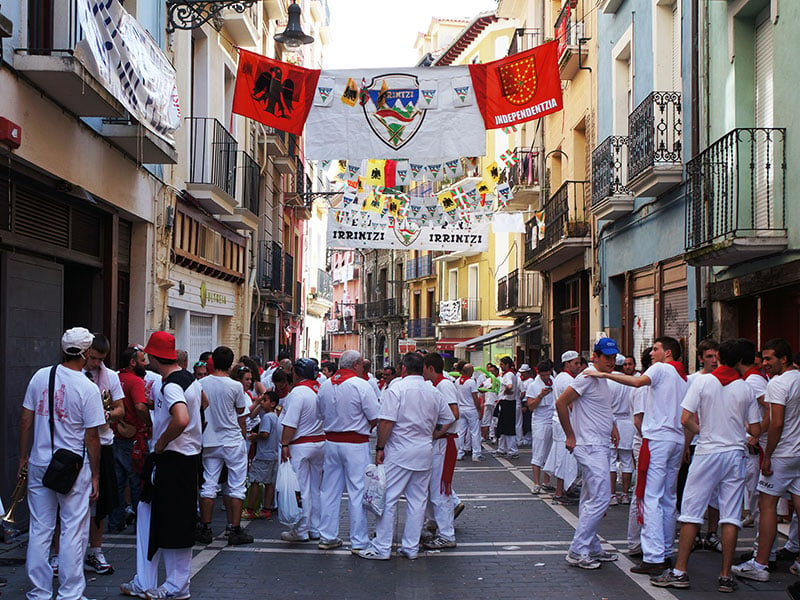The Camino de Santiago is not only a journey of the body but also of the heart and soul. Along the way, pilgrims are embraced by centuries of heritage, devotion, and celebration. One of the most enriching experiences on this sacred path is witnessing the cultural festivals on the Camino. These vibrant events showcase the local culture, age-old traditions, and the strong sense of community that defines life in northern Spain.
As you walk from village to village, time your journey to experience one of these spectacular festivals. They offer a unique look into the history and spirit of the region. Each town celebrates differently, yet all share a passion for music, dance, food, and faith.
The Spirit of Celebration on the Camino
The Camino stretches across several regions, each with its own culture and identity. Festivals are often rooted in religious devotion, agricultural cycles, or historical events. These gatherings bring communities together and warmly welcome visitors.
During these events, you’ll often find locals wearing traditional dress. You’ll hear live music, smell delicious regional food, and see streets transformed with colour and joy. Whether small or grand, each festival offers a peek into the soul of its people.
Religious Festivals: Faith and Devotion
Semana Santa (Holy Week)
Semana Santa is celebrated with great passion, particularly in cities like León, Astorga, and Santiago de Compostela. During this week leading up to Easter, streets are filled with processions. Statues of saints and scenes from the Passion are carried on large platforms. Drummers and choirs create a solemn atmosphere, and locals watch in respectful silence.
It is one of the oldest traditions along the Camino and a profound spiritual experience. Even if you’re not religious, it’s impossible not to feel moved by the devotion and artistry on display.
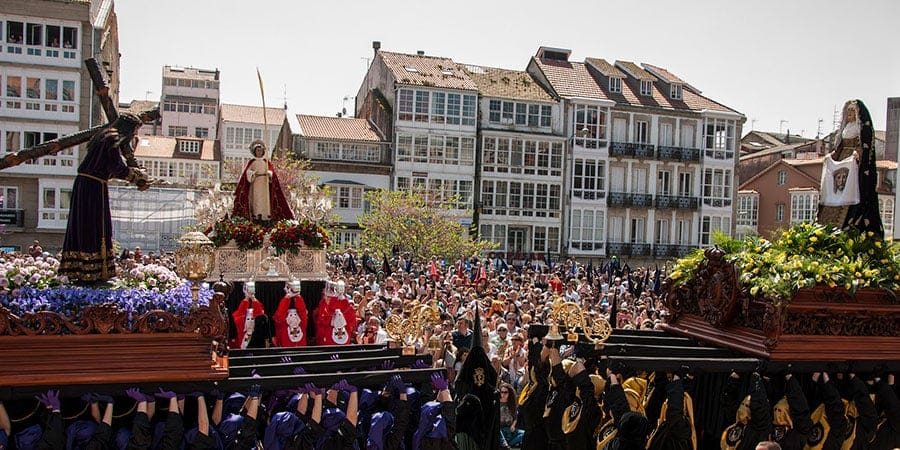
Feast of Saint James (25th July)
Santiago de Compostela hosts the grandest festival of the Camino: the Feast of Saint James. Saint James is the patron saint of Spain and pilgrims. Celebrations begin days before 25th July with fireworks, concerts, and cultural exhibitions.
On the night of 24th July, the cathedral’s facade becomes the stage for an incredible light and sound show. The following day, pilgrims and locals gather for a solemn mass. The Botafumeiro, a giant incense burner, swings through the cathedral’s nave—an unforgettable sight.
This is one of the most famous cultural festivals on the Camino, drawing people from all over the world.
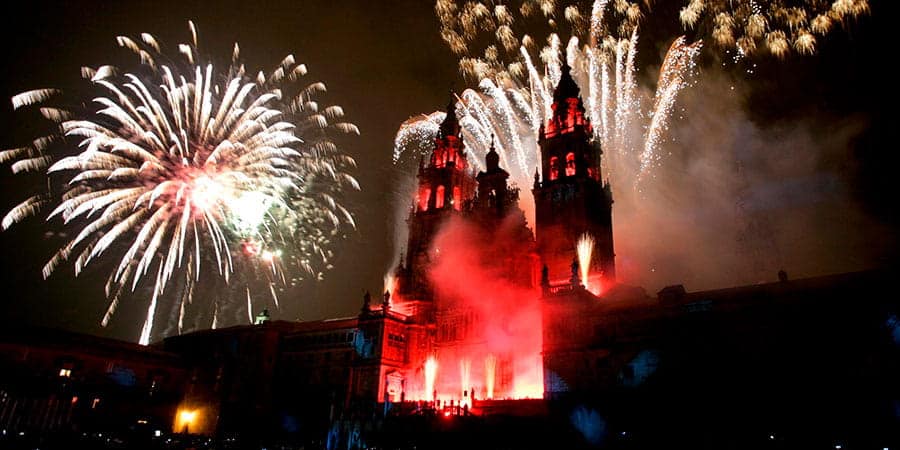
Regional Fairs and Folk Traditions
Festival de la Reconquista – Galicia
The Festival de la Reconquista takes place in April in the city of Vigo. It marks the moment locals reclaimed their city from Napoleon’s troops in 1809. Expect historical reenactments, market stalls, and parades filled with Galician pride.
Os Peliqueiros – Galicia
Held in Laza during Carnival season, Os Peliqueiros is a wild and energetic festival. Masked figures dressed in colourful costumes chase townsfolk with whips and cowbells. It may sound intimidating, but it’s all in good humour and rooted in ancient ritual.
This festival is one of the most curious and visually striking cultural festivals on the Camino. It celebrates fertility, the cycle of seasons, and community spirit.
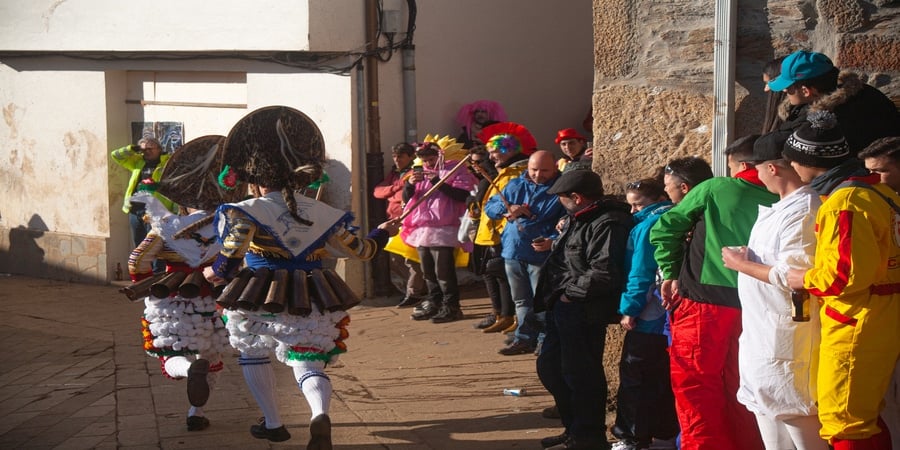
San Fermín – Navarra
Though more famous for its bull runs, the San Fermín festival in Pamplona is also a deeply cultural affair. It begins with fireworks and features processions, music, and dancing in traditional Navarrese style.
If you’re walking the Camino Francés, you might plan your journey to pass through during early July. But be mindful—it gets very busy.
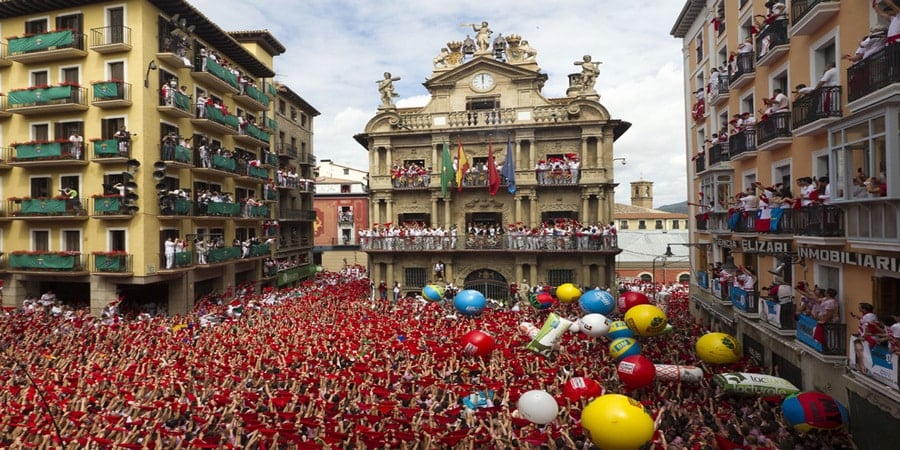
Music and Dance: The Language of Joy
Traditional Music in Castilla y León
In Castilla y León, music plays a key role in festivals. The dulzaina, a type of wooden flute, leads parades. Local dances like the jota are performed in village squares. These dances, passed from generation to generation, express the joy of shared life.
Flamenco Influences in La Rioja
While flamenco is more common in southern Spain, its influence stretches as far as La Rioja. Some local festivals feature flamenco music fused with northern styles. The passion and energy of the dancers make it a powerful cultural experience.
Such celebrations show how cultural festivals on the Camino reveal the rich diversity of Spanish life.
Local Food: A Celebration of Flavour
Tapas and Pinchos
During festivals, local cuisine takes centre stage. In regions like Navarra and La Rioja, small bites called pinchos are popular. These are often served in bars and eaten while standing and socialising.
Pulpo a la Gallega
In Galicia, one of the most beloved festival dishes is Pulpo a la Gallega—octopus cooked with olive oil, salt, and paprika. Served with boiled potatoes and crusty bread, it’s a dish you’ll long remember.
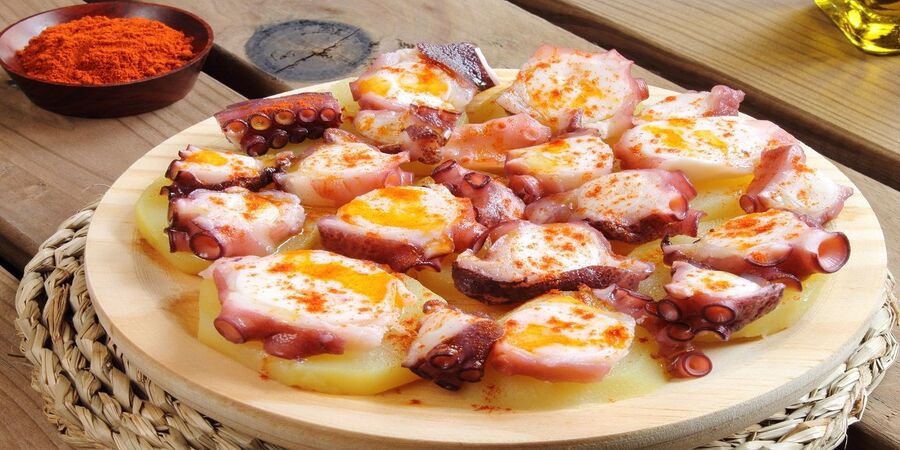
Camino food is a central part of the experience, especially during Easter and other festivals. Traditional dishes and local specialities take centre stage, with many towns offering seasonal treats and celebratory meals. From rich stews to freshly baked pastries, the flavours along the Camino reflect the region’s culture and history, making the journey as much about taste as it is about tradition.
Wine Festivals
In La Rioja and Bierzo, wine plays a starring role. Local wine festivals offer tastings, grape-stomping contests, and parades. These joyful events are deeply rooted in the rural lifestyle and seasonal harvests.
Wine is also a major part of the cultural festivals on the Camino, giving pilgrims a true taste of the region’s bounty. Discover more on wine on the Camino in our 6 Unmissable Wine Routes on The Camino blog.
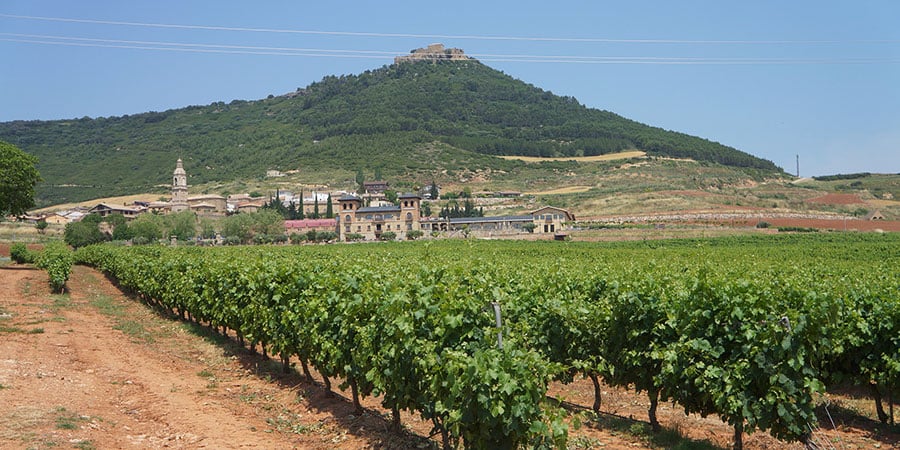
Artisanal Markets and Handicrafts
Local festivals often include markets where artisans sell handmade goods. You’ll find everything from pottery and leatherwork to lace and embroidery. These crafts are often specific to the region and passed down through families.
Buying something from these markets supports local communities and gives you a unique memento of your journey.
A Time for Pilgrims to Pause and Connect
Festivals offer pilgrims a welcome break from the daily routine of walking. They create opportunities to relax, reflect, and engage with others. Sitting with locals at a street party or dancing in a plaza can be as meaningful as time spent in solitude on the trail.
The sense of community and celebration is one of the many treasures found on the Camino. It reminds us that the journey is about people as much as paths.
Practical Tips for Enjoying Camino Festivals
- Plan ahead: Check our Complete Camino Festival Calendar before setting out. Some accommodations may be limited during large events.
- Be respectful: Many festivals are religious in nature. Dress modestly and observe local customs.
- Join in: Don’t be shy. Locals are often delighted when pilgrims participate in their traditions.
- Try local food: Use this chance to sample dishes you might not find elsewhere.
- Keep your belongings safe: As with any large gathering, be mindful of your personal items.
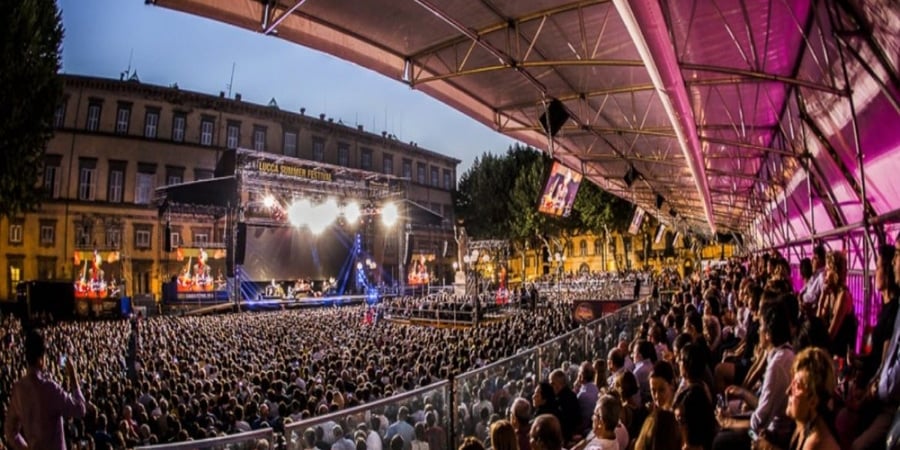
The Camino is much more than a walking route. It’s a living, breathing journey through the soul of Spain. The many cultural festivals on the Camino bring to life the music, history, food, and faith of each region. They provide unforgettable moments of joy and connection.
Whether you find yourself in a quiet village square or a bustling city celebration, these festivals invite you to pause, celebrate, and share in something timeless. Embrace the rhythm of the Camino, not just in your steps but in your heart.
For more information about the Camino de Santiago routes or to book your trip, contact us. Plan your trip effortlessly and get an instant quote with our Camino Planner.
